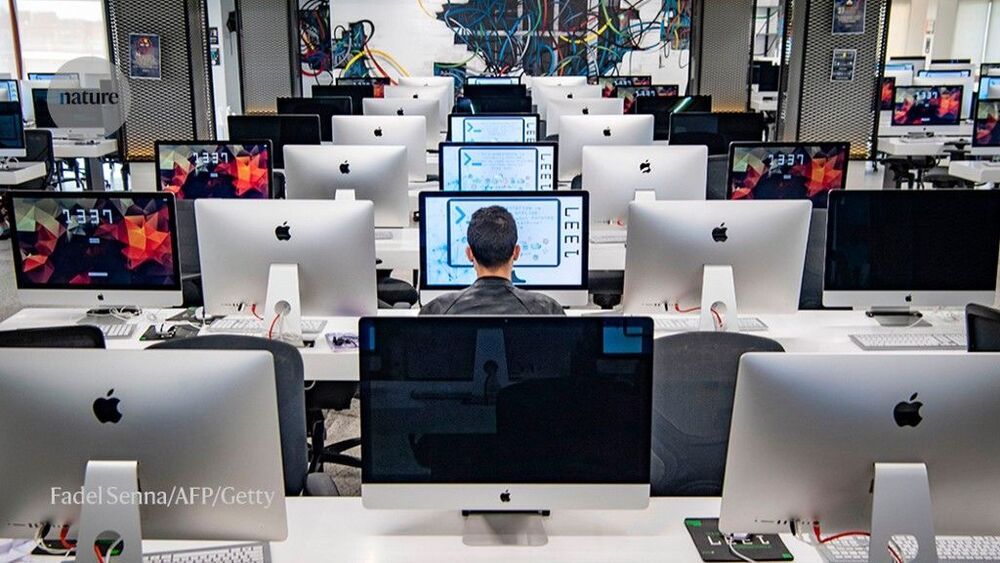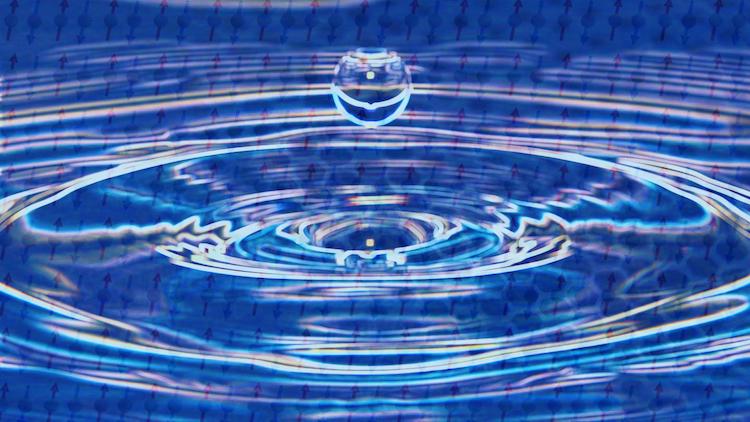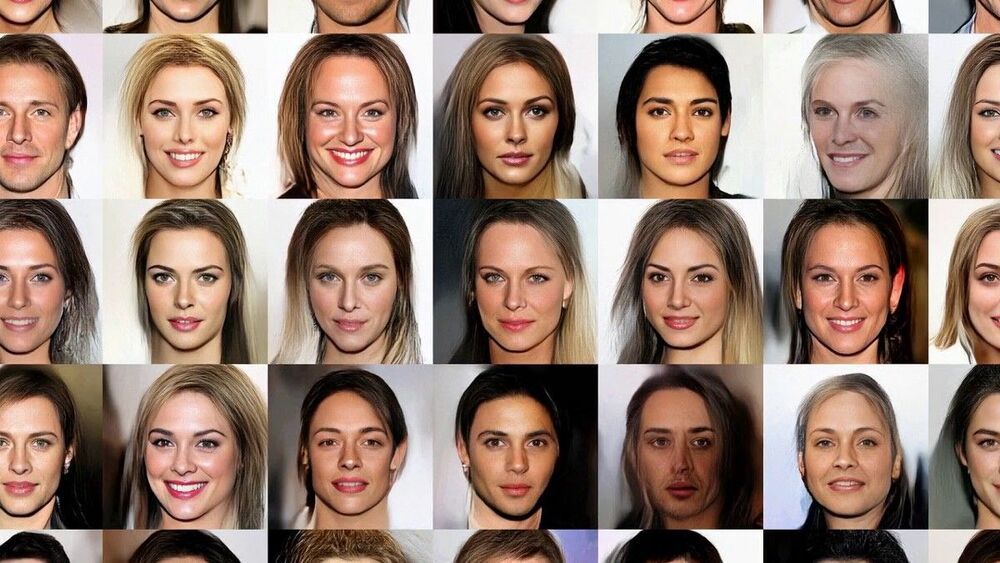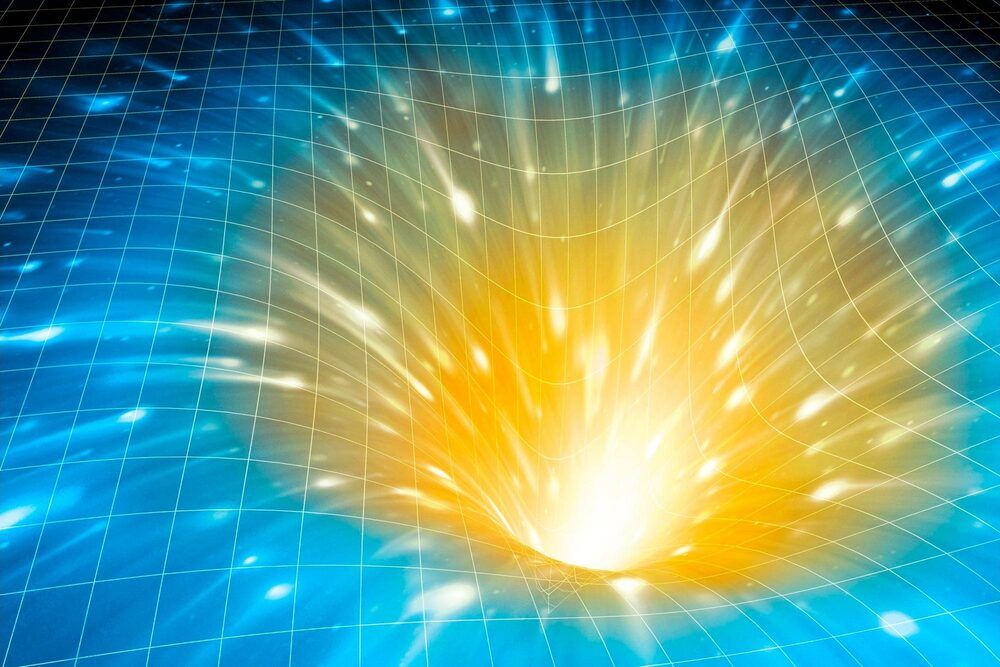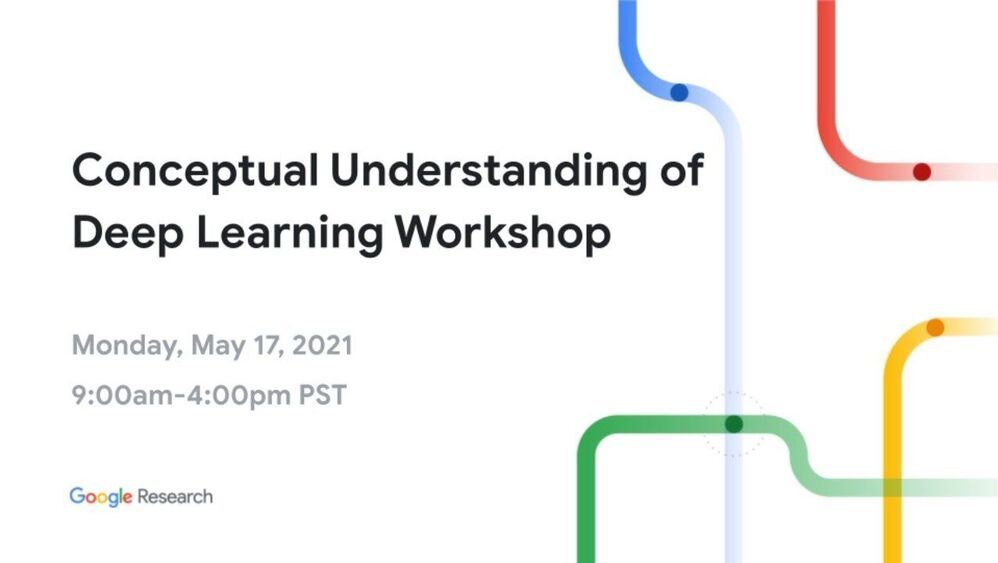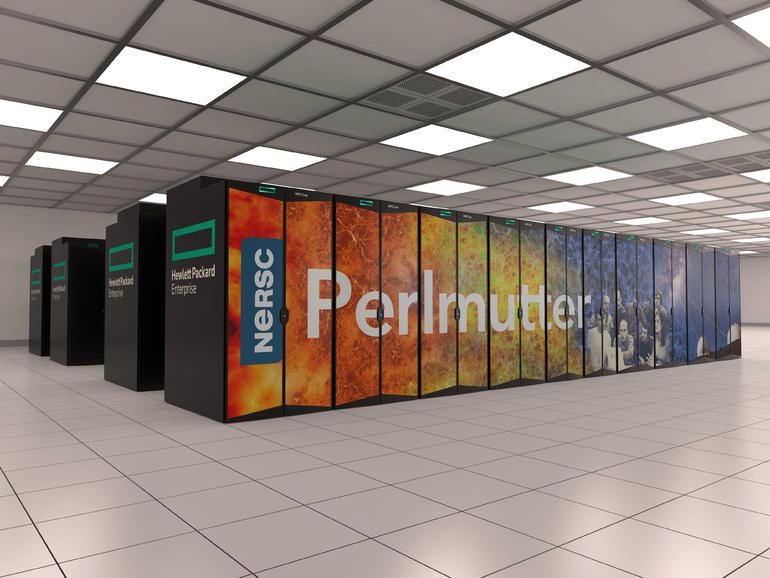In three towering papers, a team of mathematicians has worked out the details of Liouville quantum field theory, a two-dimensional model of quantum gravity.
Category: mathematics – Page 110
Once researchers have done the hard work of translating a set of mathematical concepts into a proof assistant, the program generates a library of computer code that can be built on by other researchers and used to define higher-level mathematical objects. In this way, proof assistants can help to verify mathematical proofs that would otherwise be time-consuming and difficult, perhaps even practically impossible, for a human to check.
Proof assistants have long had their fans, but this is the first time that they have played a major role at the cutting edge of a field, says Kevin Buzzard, a mathematician at Imperial College London who was part of a collaboration that checked Scholze and Clausen’s result. “The big remaining question was: can they handle complex mathematics?” Says Buzzard. “We showed that they can.”
And it all happened much faster than anyone had imagined. Scholze laid out his challenge to proof-assistant experts in December 2020, and it was taken up by a group of volunteers led by Johan Commelin, a mathematician at the University of Freiburg in Germany. On 5 June — less than six months later — Scholze posted on Buzzard’s blog that the main part of the experiment had succeeded. “I find it absolutely insane that interactive proof assistants are now at the level that, within a very reasonable time span, they can formally verify difficult original research,” Scholze wrote.
Physics World
Quantum mechanics describes this frustration by suggesting that the orientation of the spins is not rigid. Instead, it constantly changes direction in a fluid-like way to produce an entangled ensemble of spin-ups and spin-downs. Thanks to this behaviour, a spin liquid will remain in a liquid state even at temperatures near absolute zero, where most materials usually freeze solid.
The holon and the spinon
To describe this behaviour in mathematical terms, the late Nobel laureate Philip W Anderson, who predicted the existence of spin liquids in 1973, proposed that in the quantum regime, an electron might in fact be composed of two distinct particles. The first, known as a “holon”, would bear the electron’s negative charge, while the second “spinon” particle would carry its spin. Anderson later suggested that this spin-charge separation might provide a microscopic mechanism to explain the high superconducting transition temperatures (Tc) that were observed in copper oxides, or cuprates, beginning in the late 1980s.
Glow is an iconic interesting research about deep neural networks that can generalize with small training sets.
Since the early days of machine learning, artificial intelligence scenarios have faced with two big challenges in order to experience mainstream adoption. First, we have the data efficiency problem that requires machine or deep learning models to be trained using large and accurate datasets which, as we know, are really expensive to build and maintain. Secondly, we have the generalization problem which AI agents face in order to build new knowledge that is different from the training data. Humans, by contrast, are incredibly efficient learning with minimum supervision and rapidly generalizing knowledge from a few data examples.
Generative models are one of the deep learning disciplines that focuses on addressing the two challenges mentioned above. Conceptually, generative models are focused on observing an initial dataset, like a set of pictures, and try to learn how the data was generated. Using more mathematical terms, generative models try to infer all dependencies within very high-dimensional input data, usually specified in the form of a full joint probability distribution. Entire deep learning areas such as speech synthesis or semi-supervised learning are based on generative models. Recently, generative models such as generative adversarial networks(GANs) have become extremely popular within the deep learning community. Recently, OpenAI experimented with a not-very well-known technique called Flow-Based Generative Models in order to improve over existing methods.
The accelerating effort to understand the mathematics of quantum field theory will have profound consequences for both math and physics.
A Penn State scientist studying crystal structures has developed a new mathematical formula that may solve a decades-old problem in understanding spacetime, the fabric of the universe proposed in Einstein’s theories of relativity.
“Relativity tells us space and time can mix to form a single entity called spacetime, which is four-dimensional: three space-axes and one time-axis,” said Venkatraman Gopalan, professor of materials science and engineering and physics at Penn State. “However, something about the time-axis sticks out like sore thumb.”
For calculations to work within relativity, scientists must insert a negative sign on time values that they do not have to place on space values. Physicists have learned to work with the negative values, but it means that spacetime cannot be dealt with using traditional Euclidean geometry and instead must be viewed with the more complex hyperbolic geometry.
Quantum computing began in the early 1980s. It operates on principles of quantum physics rather than the limitations of circuits and electricity which is why it is capable of processing highly complex mathematical problems so efficiently. Quantum computing could one day achieve things that classical computing simply cannot. The evolution of quantum computers has been slow, but things are accelerating, thanks to the efforts of academic institutions such as Oxford, MIT, and the University of Waterloo, as well as companies like IBM, Microsoft, Google, and Honeywell.
IBM has held a leadership role in this innovation push and has named optimization as the most likely application for consumers and organizations alike.
Honeywell expects to release what it calls the “world’s most powerful quantum computer” for applications like fraud detection, optimization for trading strategies, security, machine learning, and chemistry and materials science.
These groups of brain cells are called “assemblies,” which Papadimitriou describes as “a highly connected, stable set of neurons which represent something: a word, an idea, an object, etc.”
Award-winning neuroscientist György Buzsáki describes assemblies as “the alphabet of the brain.”
The US Department of Energy on Thursday is officially dedicating Perlmutter, a next-generation supercomputer that will deliver nearly four exaflops of AI performance. The system, based at the National Energy Research Scientific Computing Center (NERSC) at Lawrence Berkeley National Laboratory, is the world’s fastest on the 16-bit and 32-bit mixed-precision math used for AI.
The HPE Cray system is being installed in two phases. Each of Phase 1’s GPU-accelerated nodes has four Nvidia A100 Tensor Core GPUs, for a total of 6159 Nvidia A100 Tensor Core GPUs. Each Phase 1 node also has a single AMD Milan CPU.

## MATHEMATICS • MAY 24, 2021
# *Noise is commonly discarded, but identifying patterns in noise can be very useful.*
*Generalize the Hearst exponent by adding more coefficients in order to get a more complete description of the changing data. This makes it possible to find patterns in the data that are usually considered noise and were previously impossible to analyze.*
*The development of this mathematical apparatus can solve the issue of parameterisation and analysis of processes for which there is no exact mathematical description. This opens up enormous prospects in describing, analyzing and forecasting complex systems.*
*by moscow institute of physics and technology*

